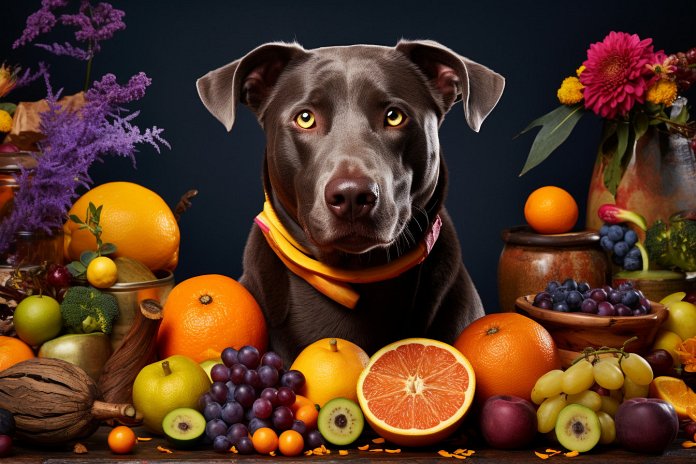
We’ve all seen it: our dogs will eat anything from scraps in the trashcan to a T-bone steak from our plate. But do dogs really have the same palate as humans? Let’s find out!
Signs Your Dog Likes Bittersweet Food
Dogs are generally not picky eaters, as smell matters more to them than taste. They will eat anything that smells good. However, picky eaters might just be smart dogs trying to get something more delicious. Dogs can taste and have their own preferences when it comes to food.
Body Language
Here are some signs that your dog likes bittersweet food: staring, being alert, barking, head tilting, whining, wagging tail, pacing, drooling, and ears up. Other signs might include begging, pawing at your leg or plate, and seeking out that specific food.
The History Behind a Dog’s Taste
Dogs respond differently to tastes than humans due to their development in nature. For example, dogs don’t naturally like salt because their ancestors had a diet high in meat, which is already salty. Dogs have also developed a liking for sweet flavors from the fruits and vegetables their wolf ancestors ate.
The Science Behind a Dog’s Taste
Dogs have about 1,706 taste buds, six times fewer than humans. They can taste bitter, sweet, sour, and salty flavors. Dogs also have special taste buds for tasting water, located on the tip of their tongue. Their sense of smell is more important for their palate, as dogs have about 25 times more smell receptors than humans.
Training Your Dog to Not be a Picky Eater
Eating habits are learned, so it’s important to teach your dog good manners and feeding behaviors. Feed young puppies three times a day and switch to two meals a day after four months. Avoid sharing table food with your dog to reinforce good behaviors and prevent unhealthy habits. If your dog already has bad feeding behaviors, set a time limit for meals and stick to it.
“The key to a dog’s heart is through their nose – taste is just a bonus!”

Tips & Things to Know
1️⃣ Dogs are generally not picky eaters and will eat anything that smells good to them. Smell matters more to dogs than taste, so they will eat food based on its aroma rather than its flavor.
2️⃣ Dogs have a different taste perception than humans. They can taste sour, salty, sweet, and bitter flavors, but their taste buds are less sensitive than ours. Their sense of smell is much more powerful than their sense of taste, so they rely heavily on scent to determine if they like a food.
3️⃣ It is important to train your dog to have good feeding behaviors and not be a picky eater. Establishing a routine feeding schedule and not giving in to begging or sharing table scraps will help teach your dog good manners and prevent them from becoming spoiled or unhealthy. If your dog already has bad feeding behaviors, you can correct them by setting a time limit for meals and not offering alternative options.
Frequently Asked Questions, Answered ✅
1. Do dogs have the same taste preferences as humans?
– Dogs have different taste preferences than humans, but they can taste sour, salty, sweet, and bitter flavors.
2. How do dogs use their sense of smell when it comes to food?
– Dogs rely heavily on their sense of smell to gather information about food. They have about 25 times more smell receptors than humans and can smell about 100,000 times better than us.
3. Why do dogs sometimes refuse to eat their food?
– Dogs may refuse to eat their food for various reasons, including being picky eaters, seeking attention, or hoping for something more delicious. However, it’s important not to reinforce bad behavior by offering alternative options.
4. How can I train my dog to have good feeding behaviors?
– To train your dog to have good manners and feeding behaviors, establish a feeding schedule, avoid sharing table food, and teach your dog to stay away from the table during meal times. Consistency is key.
5. How many taste buds do dogs have compared to humans?
– Dogs have about 1,706 taste buds, which is about six times fewer than humans who have around 9,000 taste buds. However, dogs have taste buds specifically designed for tasting water.